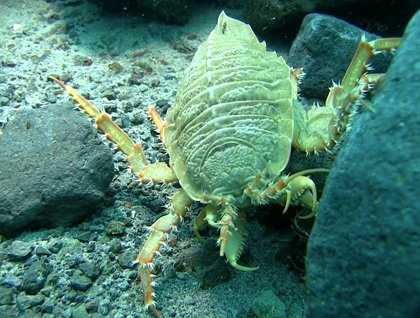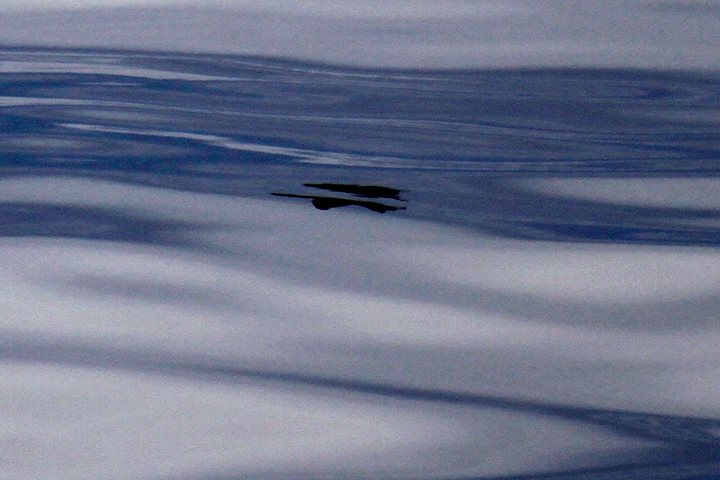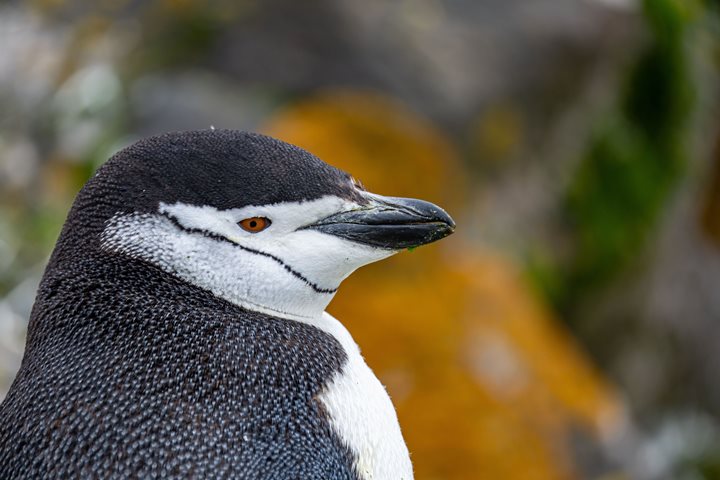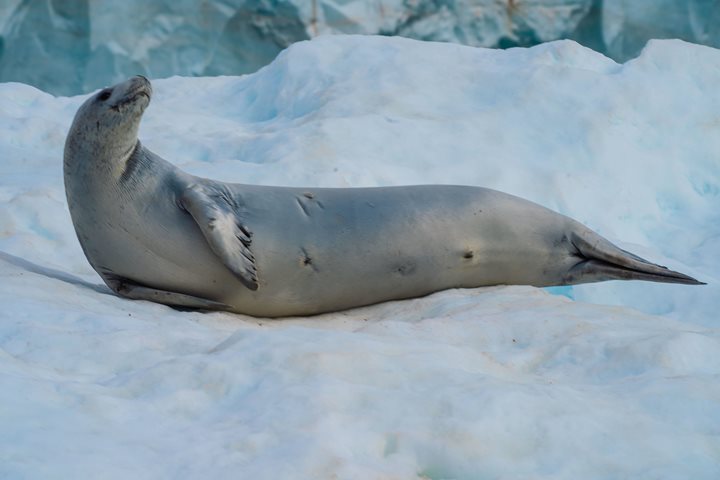Pintado and giant petrels, gray-headed and wandering albatross gracefully glide around and behind the ship as National Geographic Explorer heads north in the Drake Passage. Our first of two days at sea, and the sounds and scenes inside the ship are mellow ones: guests busily downloading the thousands of pictures that have been taken this voyage; people looking wistfully out the window reminiscing about all the amazing sights we’ve seen over the last week; presentations impart more information to eager minds; and perhaps the odd nap or two is taken to recover from our intense adventure.
The ocean we have been sailing above for the last week is one of the most nutrient rich in the world. Almost every single creature that lives on the Antarctic continent or swims in the Southern Ocean’s waters relies on those nutrients. As a ship that carries people worldwide over the ocean’s surface, Lindblad-National Geographic feel it is very important for its guests to understand the entire ecosystem in which they are traveling. So in part, this is why onboard National Geographic Explorer, we have an undersea specialist whose sole purpose is to film the amazing underwater creatures, and bring the big picture of Antarctica’s ecosystem to light.
Many would ask, what could possibly live in an ocean which is so cold (between -2°C/28°F and 0°C/32°F)? It is an eye-opening experience to look below the surface and see the rainbow of colors and diversity of life. Being one of the least studied benthic communities on the planet, almost every year a new species of invertebrate is found. The invertebrates that are found are not just another creature to add to a guide book, rather are being studied and used in medical studies around the planet. Already, the chemicals that have been found in tunicates and sponges from the Southern Ocean have been used in chemotherapy medicines around the world.
It takes years of study to understand an ocean that surrounds an entire continent, especially one which interacts with almost every other ocean. However, even just a glimpse of what is above and below the Southern Ocean’s surface, helps to create a greater understanding of not only Antarctica’s ecosystem, but how it affects the greater world.







